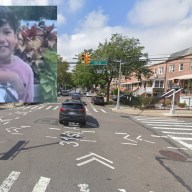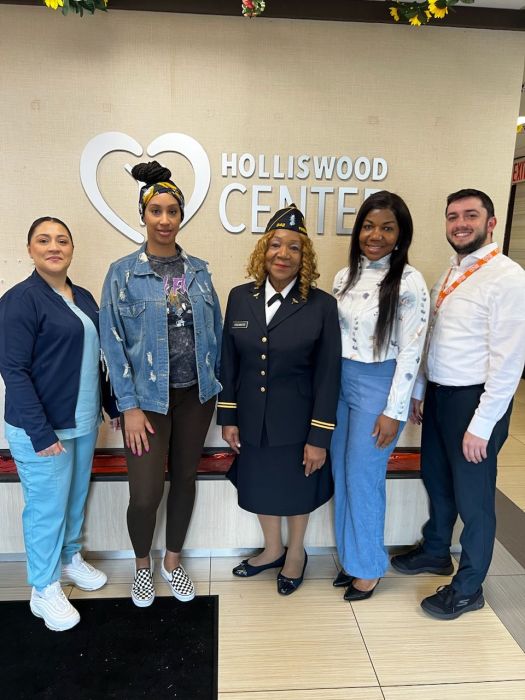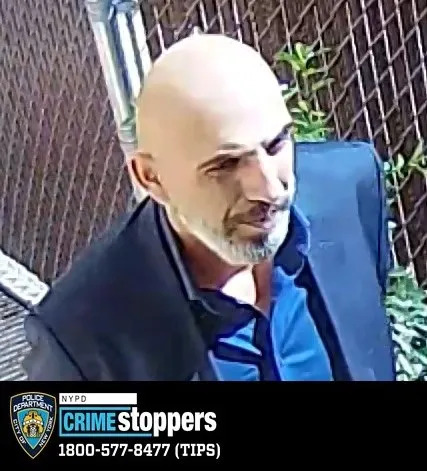By Scott Sieber
Ambitious projects like Municipal Lot 1, RKO Keith's, Flushing Town Center, Mets/Olympic stadium and Willets Point have been proposed over the last several years, but their scope is far beyond several groups of concerned residents who have watched quietly from the sidelines.What has the everyday citizens of Flushing uneasy, according to concerns expressed at a recent meeting at the Asian Americans for Equality in Queens, is the need for more affordable housing in Flushing.The residents, consisting of about 15 local organizations such as the Young Korean American Service and Education Center, Northeast Queens Taiwan Center, the Hindu Temple Society and Flushing Jewish Community Council, are worried that the high-priced push to put a new face on Flushing will also push them out of their homes.”We have to look at Flushing as a group,” said Northeast Queens NAACP President Ken Cohen. “We need to say, 'Look, you're building, but you're not building for us everyday folk. We'd like our children to rent an apartment down the block, but they can't afford it.'”His remarks, translated into Korean for the largely Asian audience, spurred several rounds of applause from the crowd.Brad Lander, director of the Pratt Institute Center for Community and Environmental Development, called rising housing costs a problem across the city, where more than 500,000 families pay over 50 percent of their income on their homes. In Flushing, where 19 percent of the households are in “severely overcrowded conditions” compared to 9 percent throughout the borough, 27 percent of homeowners pay more than 50 percent of their monthly income on rent.He suggested that those with the will encourage elected officials to use a method of inclusionary zoning in which developers are allowed to build as long as they include affordable housing in the plans.Lander cited Municipal Lot 1 as a potentially prime example of affordable housing. Because the city owns the parking lot, it has more control over affordability, he said. “The New York City Department of Housing Preservation and Development can provide subsidy dollars to enable private developers to include more affordable units,” he said. Currently only 17 percent of the proposed units at the muni lot have been set aside as affordable, he said, but the opportunity for the community to have input is still there.”Affordable housing is only going to come from community pressure,” he said. “The squeaky wheel gets the grease.”Reach reporter Scott Sieber by e-mail at news@timesledger.com or by phone at 718-229-0300, Ext. 138.

































